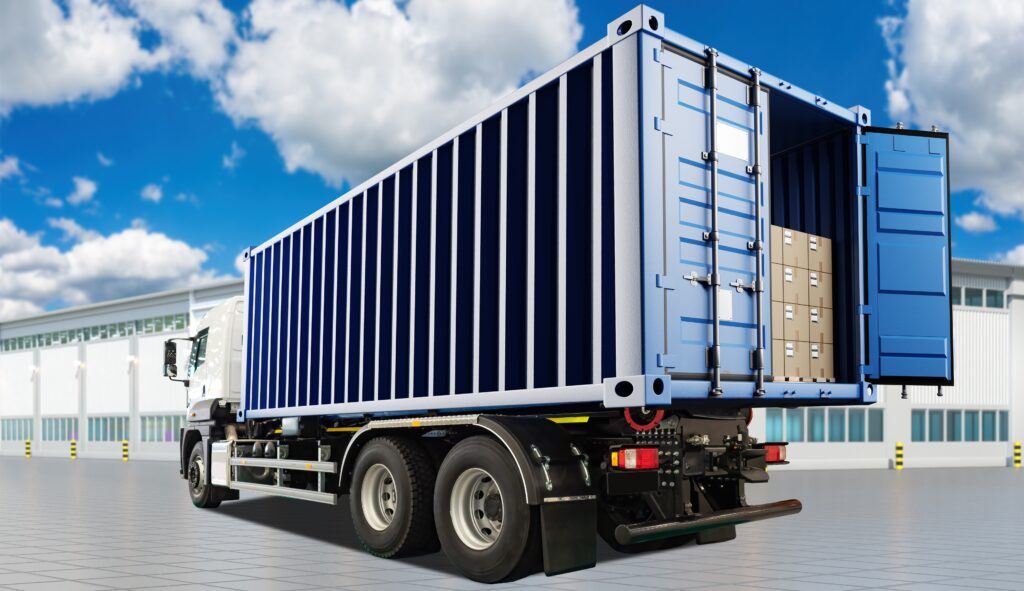What Are The Differences Between Logistics and Transportation?

Transport and logistics are terms that are often used interchangeably, but they refer to different functions when it comes to moving goods. While transportation is an important component of logistics, it’s important to understand that logistics is a broader process. To simplify, think of logistics as the entire system and transportation as one part of that system.
In this blog, we’ll break down what each term means and explore the key differences between the two.
What is Transportation?
Transportation refers to the movement of goods from one point to another. It involves the methods and modes of moving goods, whether by road, air, sea, or rail. Transportation is about the vehicles and routes used to get products from point A to point B. Without transportation, goods wouldn’t be able to travel to their destinations, making it a fundamental part of any supply chain.
Key aspects of transportation include:
- Modes of transport: This includes trucks, planes, ships, and trains.
- Shipping routes: These are the paths taken to deliver goods, whether domestic or international.
- Efficiency and timing: Successful transportation ensures goods are delivered on time and safely.
What is Logistics?
Logistics involves much more than just moving goods. It focuses on planning, implementing, and managing the entire process of moving goods from the manufacturer to the customer. Logistics includes warehousing, inventory management, packaging, and even coordinating with suppliers. It’s about ensuring the right products are in the right place, at the right time, and in the right condition.
Key aspects of logistics include:
- Inventory management: Ensuring enough stock to meet demand but only a little to waste resources.
- Warehousing: Storing goods until they’re ready to be shipped or delivered.
- Order fulfillment: Picking, packing, and preparing orders to be shipped.
- Supply chain coordination: Managing relationships and communications between suppliers, manufacturers, and distributors.
How Transportation Fits Into Logistics
Transportation is one piece of the logistics puzzle. Logistics involves coordinating complex operations; transportation is how those operations are executed. For example, while logistics involves planning how much inventory to store and where to store it, transportation moves that inventory between storage facilities and end destinations.
When businesses handle logistics, they’re looking at the entire journey of a product—from manufacturing to the hands of the customer. Transportation is focused on the physical act of moving those products through that journey.

Key Differences Between Logistics and Transportation
- Scope:
- Logistics: A broader function that includes planning, managing, and executing the flow of goods, services, and information across the supply chain.
- Transportation: A more specific function that deals only with moving goods from one point to another.
- Processes:
- Logistics: Involves various activities such as warehousing, order fulfillment, inventory control, and packaging.
- Transportation: Involves selecting the mode of transport, determining shipping routes, and managing the flow of goods in transit.
- Cost:
- Logistics: The cost associated with logistics includes transportation, warehousing, packaging, labor, and sometimes technology for tracking and managing processes.
- Transportation: The cost here focuses on fuel, vehicle maintenance, driver wages, and tolls.
- Technology Use:
- Logistics: Frequently relies on complex technology such as warehouse management systems, tracking software, and data analytics to streamline processes.
- Transportation: Uses GPS tracking, fuel management systems, and route optimization tools, though it doesn’t require the same breadth of technology integration as logistics.
Why do These Differences Between Logistics and Transportation Matter?
Knowing the difference between logistics and transportation is important in keeping a business’s supply chain running smoothly. For businesses, efficient transportation ensures timely delivery, but with proper logistics in place, even the fastest transportation methods will solve inventory problems, mismanaged warehouses, or uncoordinated supply chain efforts.
In short, logistics involves a larger strategic plan, while transportation is one of the tactical elements of that plan. Both are essential, and businesses must manage them effectively to keep costs down and customer satisfaction high.
While logistics and transportation are closely linked, their differences make them each crucial to the flow of goods and services. Logistics encompasses everything from inventory and warehousing to order fulfillment, while transportation is focused solely on getting goods where they need to go. Both play important roles in any supply chain and understanding how they work together is essential for smooth operations.
Contact us today for your logistics and transportation needs.
